Selecting the right rig for 3D modeling and rendering
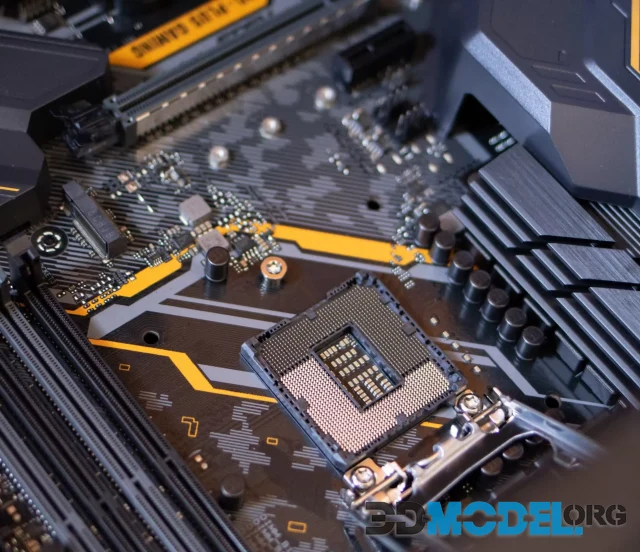
Although 3D modeling and rendering are two completely different processes, they are both quite demanding on your computer's processing power. To get a more complete picture of what's going on, you first need to understand the terminology:
How does rendering affects performance?
Rendering uses all the cores of your processor at 100%. This means that if you only use your workstation for 3D image rendering and animation or video encoding, you need a computer with a processor with as many cores as possible. The graphics card is not too important in this case.
This is due to the fact that the rendering program engines load the processor cores in such a way that each of them starts working at 100% - the cores are working with their task, and immediately get a new one, after the completion of the previous one.
How does modeling affects performance?
Unlike rendering, 3D modeling is an active workflow. You sit in front of your computer and interact with the 3D program. Active use of the utility also engages the hardware, which begins to load proportionately.
Suppose that you are modeling some house. This house consists of polygons to which various modifiers will be applied, such as mapping, duplication, etc. Your computer should be able to do some heavy calculations to process all this, but the point here is that these actions are performed only on one core, as opposed to rendering, where all the cores are involved at once. That is, if you are going to deal mainly with 3D modeling, then you do not need a processor with many cores. But it is desirable to have a CPU, which will have a good performance for one core (so it was a high clock speed).
But it is wrong to think that if a CPU has many cores then they will all be productive. In reality this is not the case, because such CPUs would just consume an insane amount of resources to run. Usually, manufacturers look for a compromise between the number of cores and the clock speed
To see a list of the fastest processors (either by performance per core or all at once), check out Cinebench R23 Benchmark.
Choosing PC Components
As for components, you should seriously think about adding as much RAM as possible. The fact is that the simulation and rendering programs sometimes consume just a catastrophic amount of it. If your budget is limited, you can start with 16 GB, but be sure to allow for the possibility to expand the memory in the future (for example, choose a motherboard with a sufficient number of slots). 24-32 GB is an optimal figure, and the most complex processes may require more RAM.
Also, to work comfortably with three-dimensional graphics, you need to increase the performance of the computer as much as possible. In this case, you cannot do without a solid-state drive, namely SSD (preferably NVMe), because HDD will be quite a big brake on the system. But at the same HDD all the same need, and preferably of a large volume (at least 1 terabyte), because the 3D-projects weigh a lot, and they will need somewhere to store. If a large amount of work is planned, it makes sense to buy two identical HDDs and set up a mirrored RAID. In this case one of the disks will be available for writing and the second will become an exact copy of the first one. Such system allows in case one of the disks fails, firstly, you will not lose data, and secondly, you will be able to keep your system up and running without interrupting your current project while waiting for new hardware.
As for the video card and the CPU - take the more powerful one. We covered the CPU selection above, but you need to take the most powerful GPU. It is a question of your budget. Both leading video card companies - NVIDIA and AMD produce good enough models which are optimized and have minimal defects. But keep in mind that graphics cards from NVIDIA in general are more geared to work in resource-intensive applications, because they have a much better deal with the drivers.
You can download various 3D models from our website to work with them in rendering. You won't need to create something from scratch, as our professional developers offer you ready-made solutions.
Other articles:
Ctrl
Enter
Noticed a misTake
Highlight text and press Ctrl+EnterRelated news:

Choosing the Best Render for Architectural Visualization
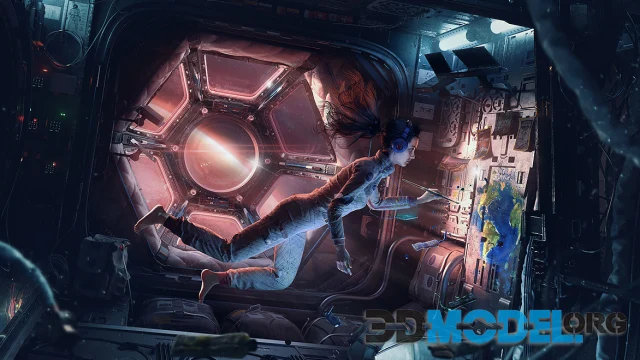
3D Animation in Games - Where to Begin?
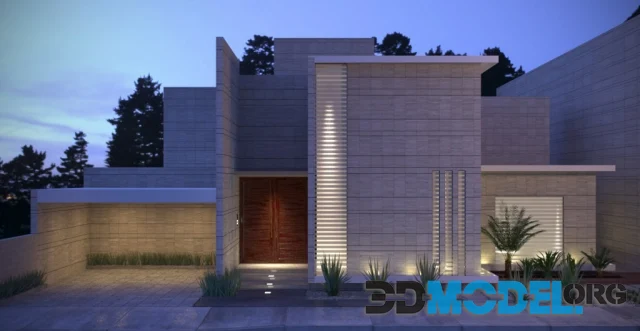
Vray vs Corona for Architectural Rendering
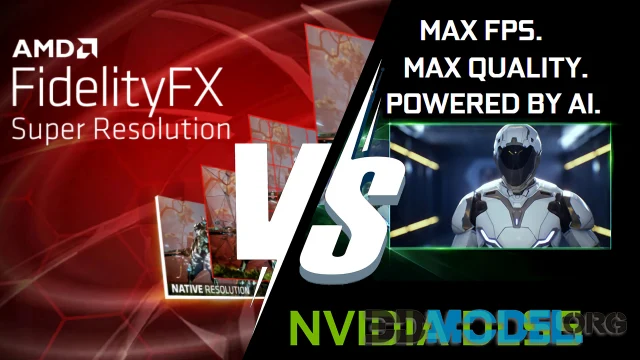
The DLSS, FSR and NIS methods of scaling resolution in games: features, advantages and disadvantages
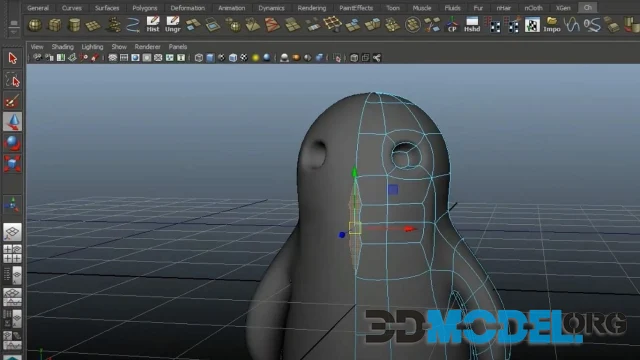
Best 3D modeling programs for beginners
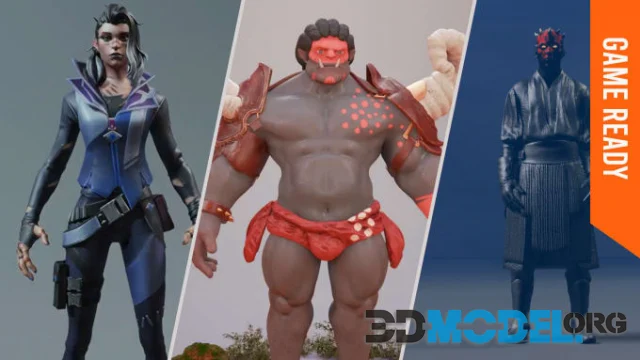
Modeling 3D Characters for Game Projects
Comments (0)
